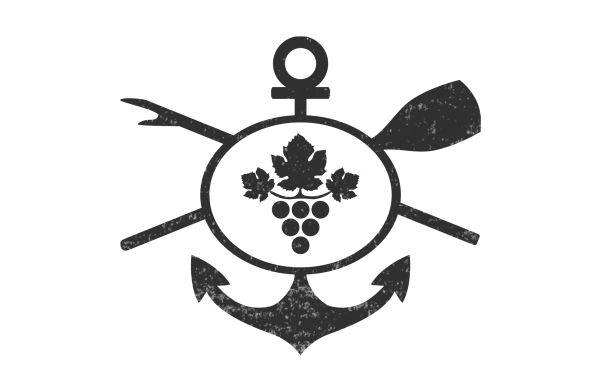Hoch
Christoph Hoch is the twelth generation, since 1640, to make wine in his town of Hollenburg, on the south side of the Danube. Historically, vines were planted on this side of the Danube and the north side was for food crops. In 2013, Hoch split from his parents winery, starting with five hectares that would have been his inheritence eventually. Today (Sept. 2019), Hoch has 12 hectares total, all in Hollenburg, and all farmed biodynamically and certified by Demeter. The subsoil is Hollenburger conglomerate, which was formed by the Traisental and Danube rivers crashing together and compacting chalk and river stones together. The chalk is equally as active as the Côte des Blancs in Champagne, bringing minerals to the vines. This similarity in soil inspired Christoph to make sparkling wine. Although, the source of chalk is completely different, in Hollenburg it's from the Alps and in Champagne it's maritime chalk, or what is called muschelkalk in German.
Throughout all of Hoch’s vineyards, you find a mix of mustard, rye, and phacelia. He considers all of his parcels by four categories: dry, chalky, nutrient rich, or holds water. Depending on the category, he will plant the herbs and grains accordingly. Mustard brings sulfur to the soil, which protects the plants and transfers it naturally to the wines, so that he can use as little as possible at bottling. Rye brings carbon to the soil. He knocks it down after it has grown and it creates a natural humus. The carbon from the rye works with the phacelia and creates nitrogen. Hoch is an instructor for the wine school in Krems, specialized in teaching biodynamic farming.
Total production averages 5,500 cases per year, 70% Grüner Veltliner and 25% Riesling and 5% other varieties, of which 75% are sparkling. His main goal is to make a wine that inspires emotion, hopefully enthusiasm for the wine itself, but he is okay with clear rejection as well. To do this, he wants to make wines traditionally, maximizing the terroir – this means spontaneous fermentation in wooden barrels (oak and acacia) some on the skins and some racked. All of the wine is aged in barrel (all used) and he treats each barrel as its own project. In the cellar, there are two levels: one is a bit warmer, and the wines all go through malo (naturally) and the lower cellar is cooler and the wines mostly do not go through malo. Fermentations happen naturally and slowly in neutral barrels. He now has wine in the cellar spanning several vintages. He feels that limiting a wine to a single vintage does not show the best of the terroir expression and most of his wines are non-vintage, with a dominant base year and previous vintages blended in.
The Hoch wines are very original and are some of the best representations of the ‘new’ wines of Austria. It takes a lot of courage to push the boundaries of the classic Austrian-style and pushing boundaries brings a certain amount of risk. Hoch has created something new and maybe it’s not in the classic Kremstal fashion and outside of the appellation regulations, but it’s certainly exciting to try a wine without limits. Christoph Hoch has an infectious enthusiasm and that energy comes through in the wines.
Wines from Hoch
Contact Us



